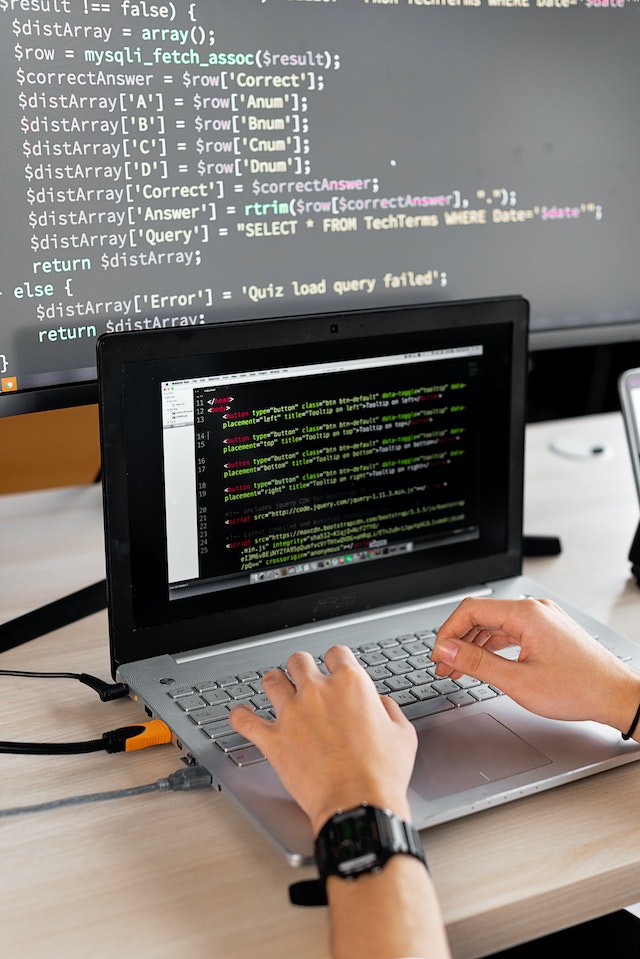Enterprise Resource Planning (ERP) systems are critical for the smooth functioning of many organizations. They integrate business processes and functions, including accounting, inventory, human resources, and customer relationship management, among others, into a single system. As a result, they contain a wealth of sensitive information, making ERP security a top priority for organizations.
Currently, around 88% of organizations worldwide utilize some type of ERP software to manage vital business functions and store essential data. A security breach targeting this software could cause operational disruptions, leading to loss of access and vital data, as well as regulatory and compliance challenges. Furthermore, the organization’s reputation could be permanently damaged due to such an attack.
Cybercriminals are changing their tactics, moving away from distributed denial-of-service (DDoS) and data encryption attacks to disrupting production systems. While the rise in threat levels has pushed companies to strengthen their security measures, insufficient focus on ERP security has left some vulnerabilities for threat actors to exploit.
In this article, we will discuss the top three ERP security best practices.
- Access Control
Access control is a fundamental security measure for any information system and is particularly important for ERP systems. Organizations should adopt a policy of least privilege, granting access to only those users who require it for their job functions. User roles should be defined, and access rights assigned accordingly. In addition, access to ERP systems should be monitored continuously to detect and respond to any unusual activities that may indicate a potential security breach.
Another crucial aspect of access control is the use of multi-factor authentication (MFA). This helps prevent unauthorized access to ERP systems, even if a user’s password is compromised. By requiring multiple forms of authentication, such as a password and a security token or biometric data, organizations can ensure that only authorized users are granted access to sensitive information.
- Data Encryption
Data encryption is another important security best practice for ERP systems. Encryption involves the use of mathematical algorithms to convert sensitive data into an unreadable format, making it inaccessible to unauthorized users. Data encryption should be used to protect sensitive information both in transit and at rest.
Organizations should ensure that all data stored in ERP systems is encrypted, including data backups and archives. Encryption should also be used to protect data transmitted between ERP systems and other applications or devices. Finally, organizations should ensure that encryption keys are securely stored and managed, to prevent unauthorized access to sensitive data.
- Regular Patching and Updates
ERP systems are complex and require regular maintenance and updates to ensure their security. Organizations should establish a robust patch management process that includes the regular application of security patches and updates. This can help address vulnerabilities in the system that can be exploited by cybercriminals.
In addition, organizations should implement a process for testing patches and updates before deploying them in a production environment. This can help ensure that the updates do not cause any disruptions or issues in the ERP system.
Conclusion
ERP security is a critical aspect of protecting an organization’s sensitive information. By adopting the top three ERP security best practices, including access control, data encryption, and regular patching and updates, organizations can significantly reduce the risk of cyber attacks and protect their sensitive information. By investing in robust security measures, organizations can ensure the long-term success of their business operations.



